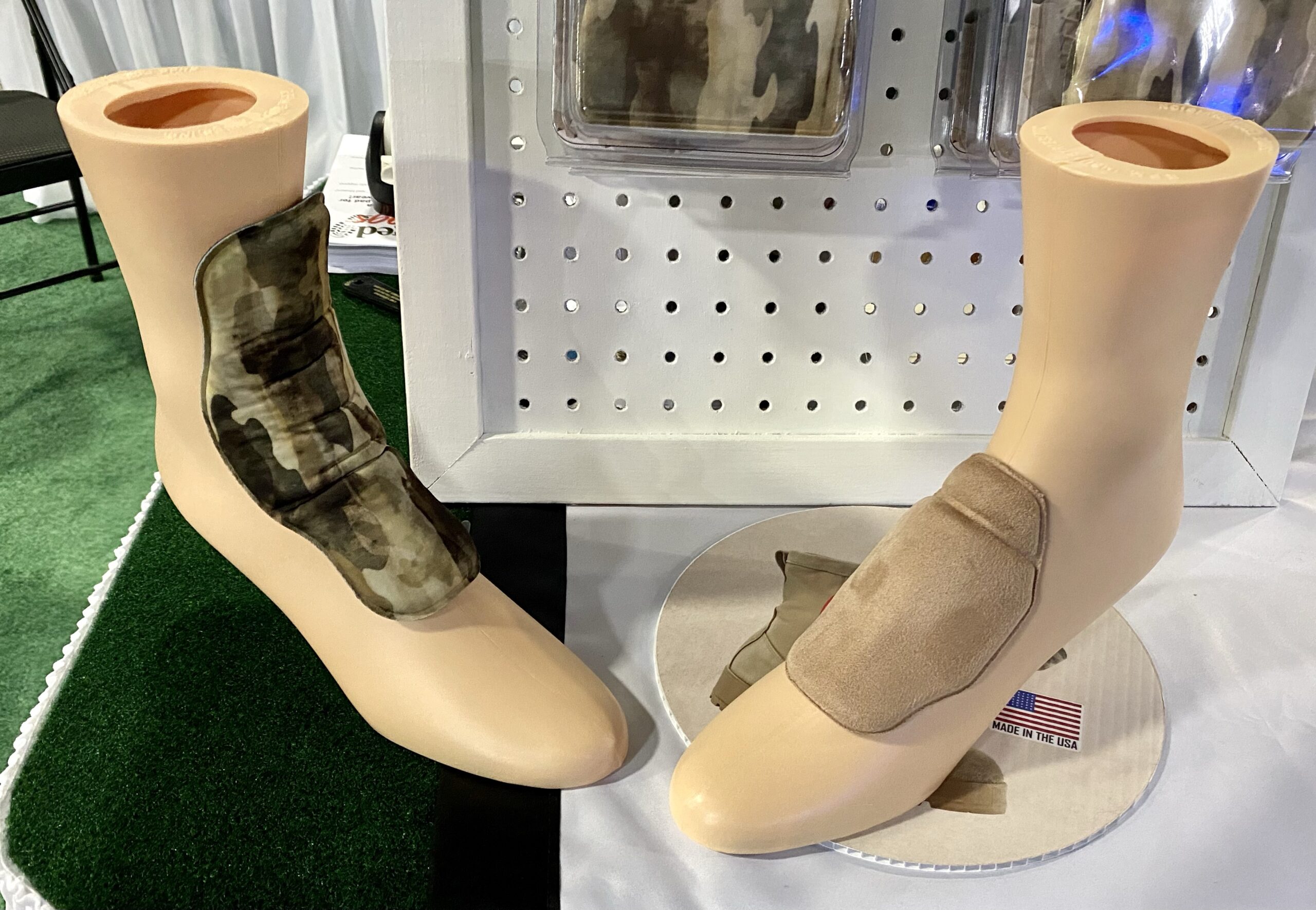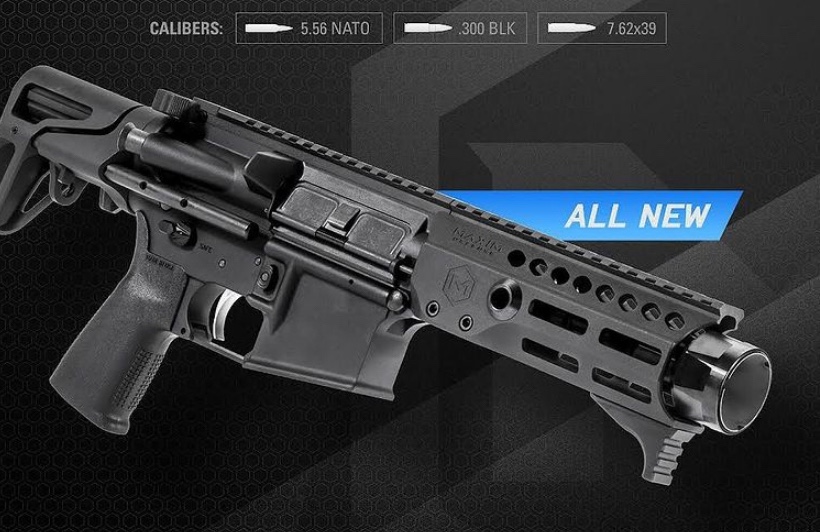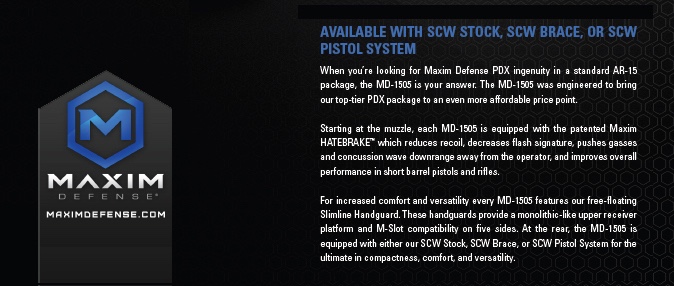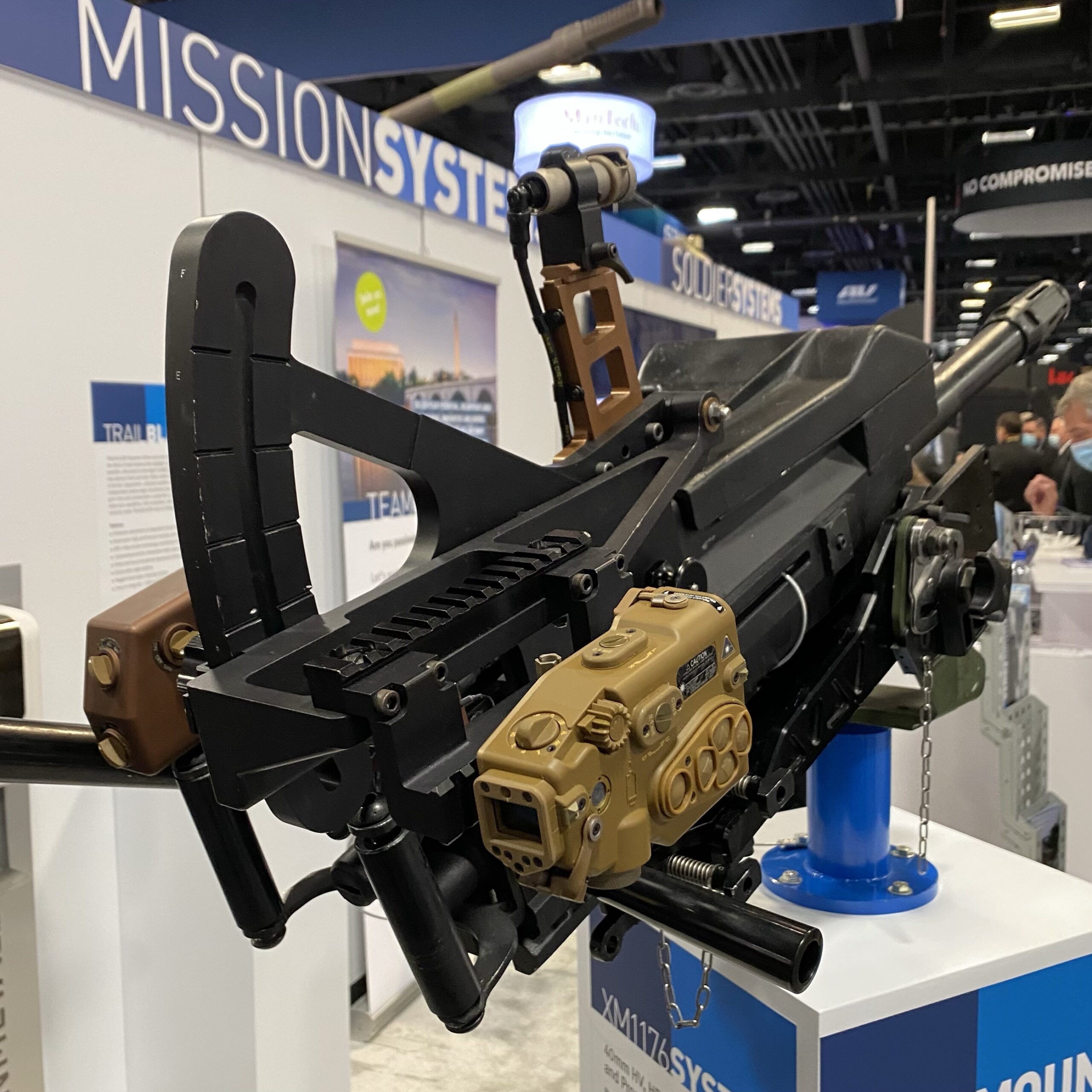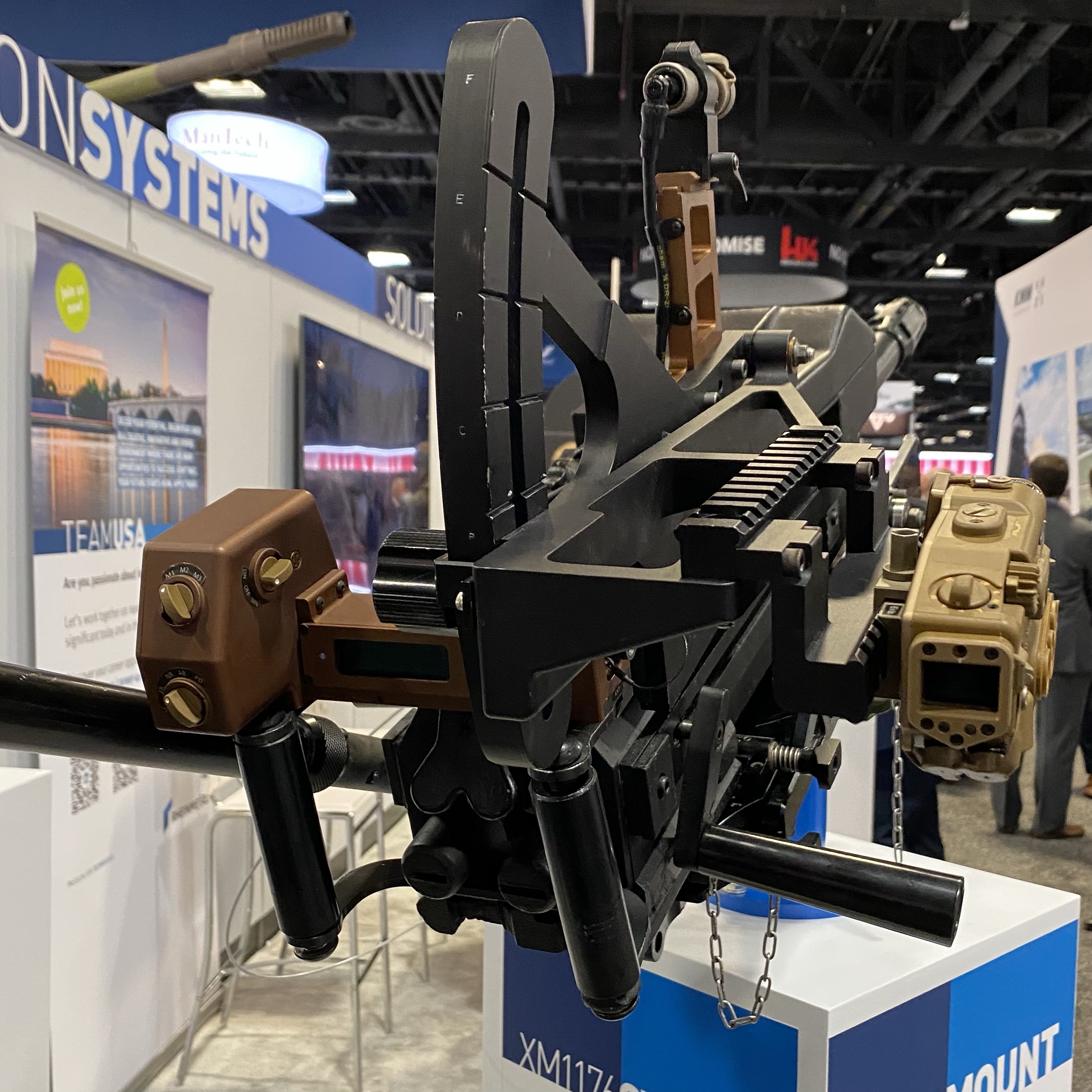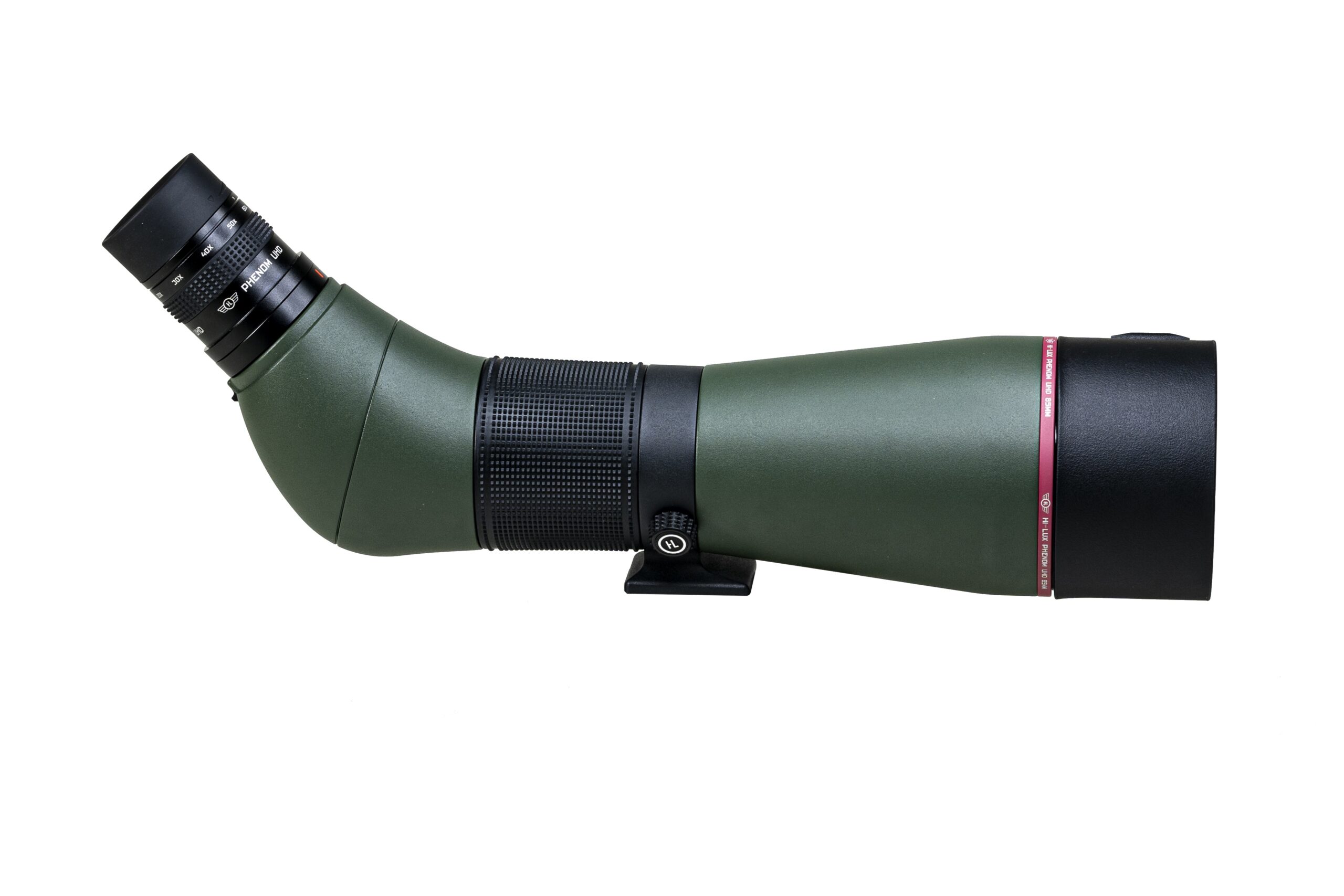
Torrance, CA – Hi-Lux Optics is introducing the Phenom UHD 20-60X85 Ultra High Definition (UHD) Spotting Scope.
By coupling our 50 years experience in manufacturing optics with our commitment to quality and customer service, we trust that Hi-Lux Optics Phenom UHD Spotting Scope rewards you with a lifetime of dependable service and impressive optical quality.
All components are made to the tightest possible tolerances, which results in unparalleled sharpness and comfortable viewing.
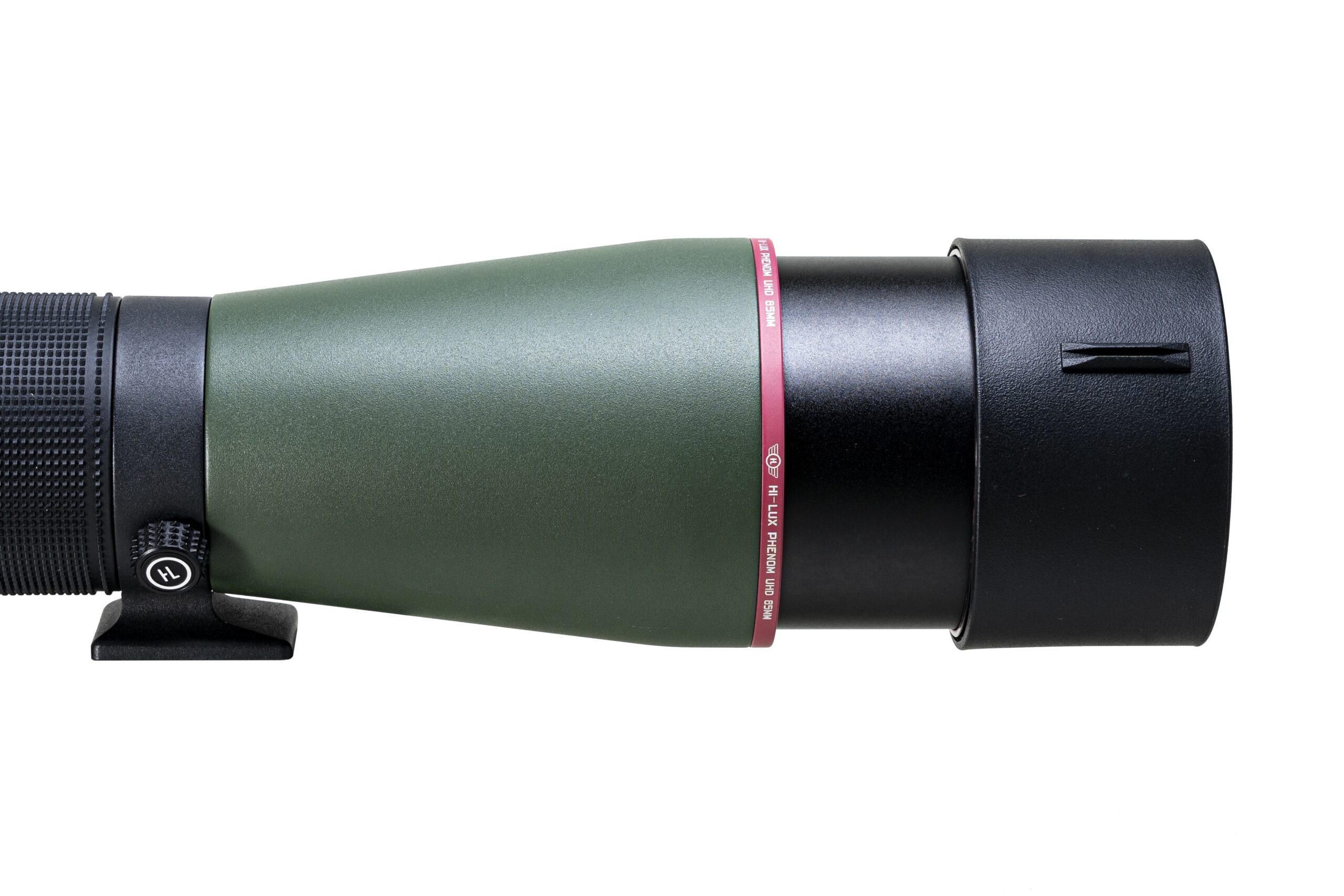
The Phenom UHD is a versatile 85mm spotting scope that is perfect for glassing for hours on end without eye fatigue. The large 85mm ED objective lens element delivers incredible resolution and true color fidelity while eliminating chromatic aberrations. The built in telescoping sunshade eliminates stray light from entering the objective lens.
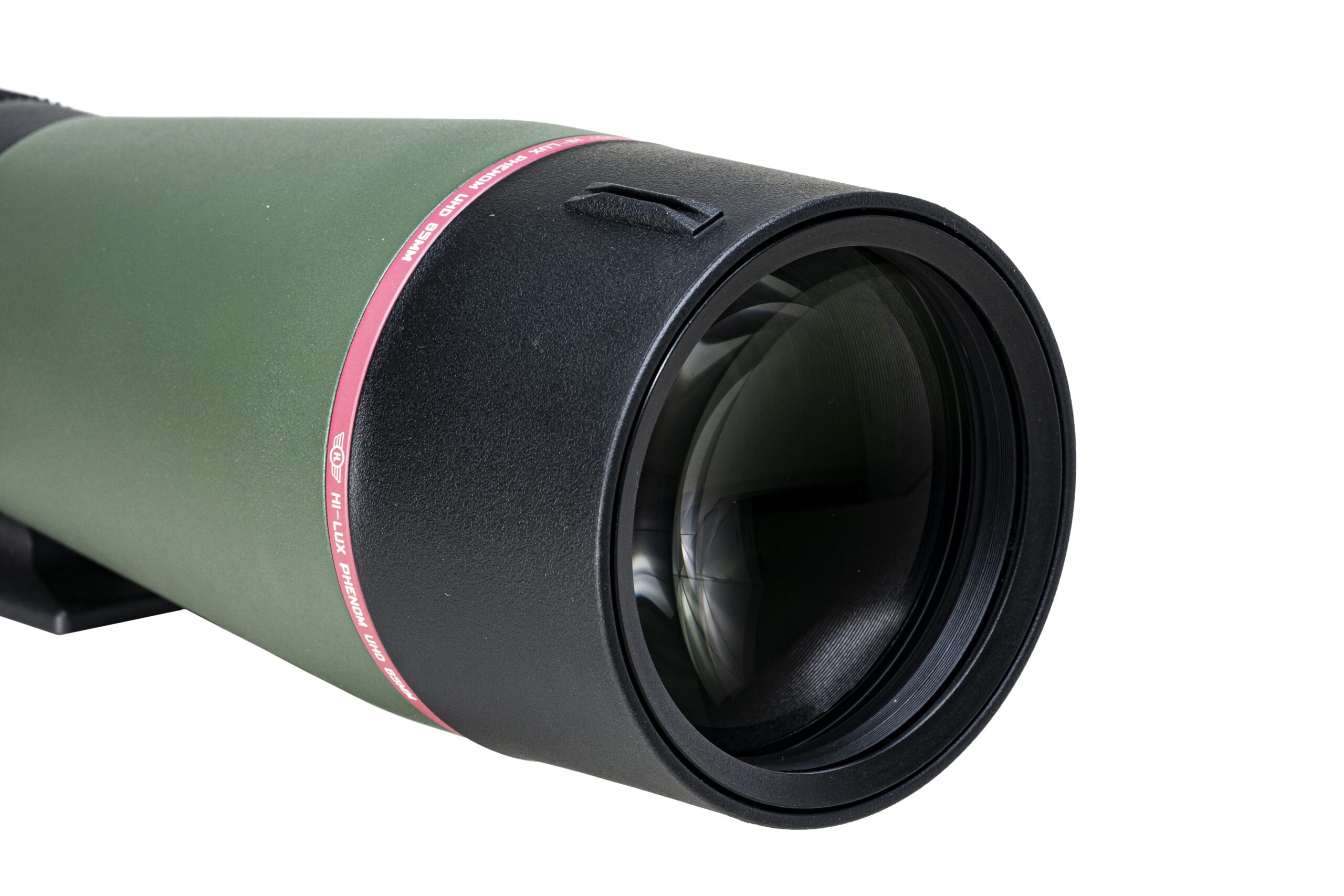
The standard 20-60X eyepiece captures larger than life details of distant objectives with superb sharpness from edge to edge. For those interested in long range shooting, there will be fixed power reticle eyepieces for making precise wind calls or holdover corrections.

The Phenom UHD Spotting Scope has refined ergonomics for performance in the field. The mid body focus ring is knurled for easy grip even with gloved hands. Similarly, the zoom ring on the eyepiece is knurled for easy access. At the center of the optic is a rotating collar, which can adjust the cant angle of the optic. The tripod mounting shoe accepts standard ¼-20 mounting screws.

The Phenom UHD spotting scope is built on top of a durable magnesium chassis and incorporates porro prisms, fully multicoated Ultra High Definition lenses and Extra Low Dispersion Elements. The Phenom UHD spotting scope is purged with Argon. This scope is waterproof, fogproof and built to last a lifetime.

Specifications of the Phenom UHD Spotting Scope:
Magnification: 20-60X with Zoom Eyepiece
Field of View: 104’-53’
Close Focus Distance: 29’
Light Transmission: 91%
Objective Lens Diameter: 85mm
Ultra High Definition (UHD) Optical System with ED Elements
Fully Multi-Coated Lenses with DiamondTuff14
Magnesium Housing
Argon Purged
Waterproof, Shockproof, Fogproof
The MSRP for the Phenom UHD 20-60X85 UHD Spotting Scope is $899.
Available October 2021.


